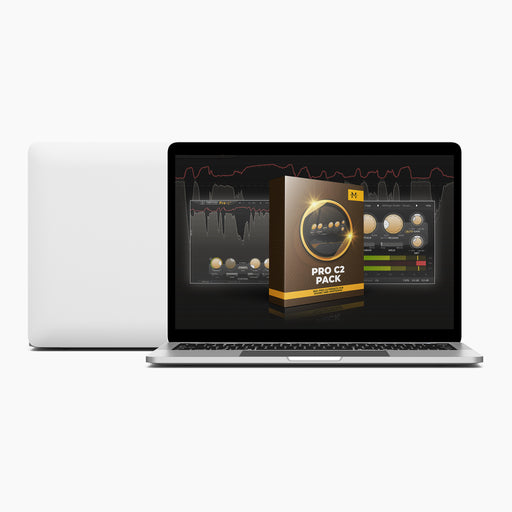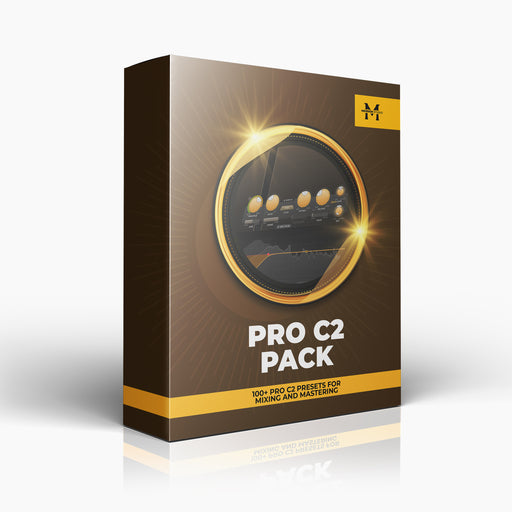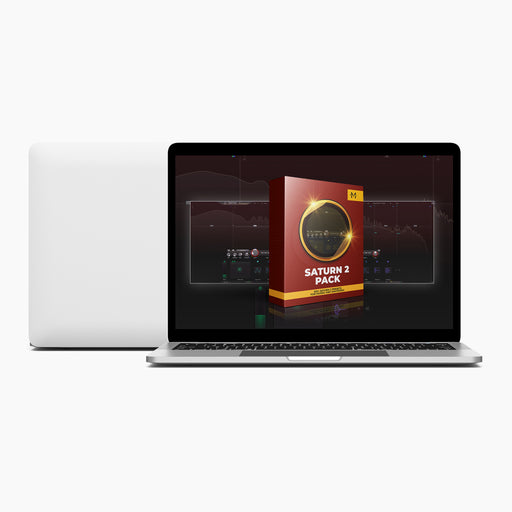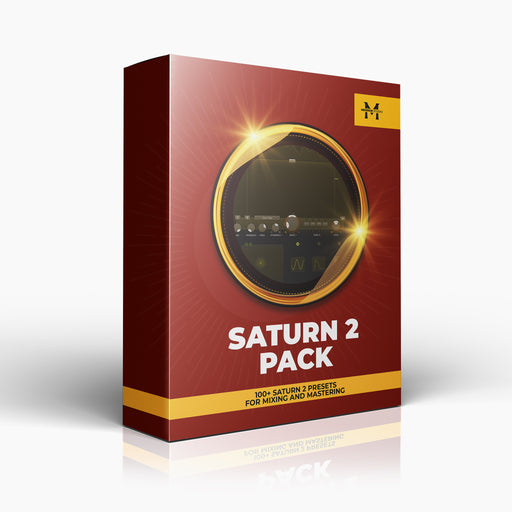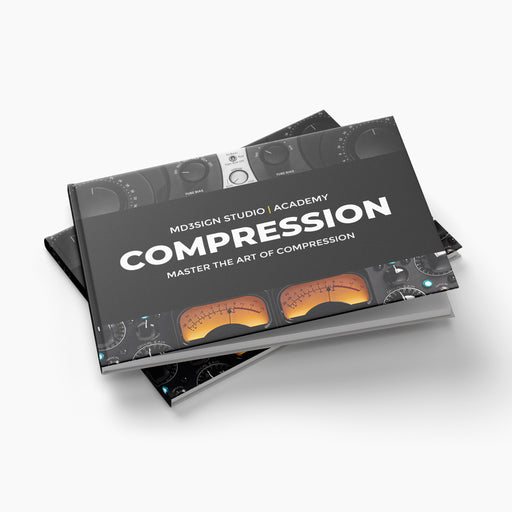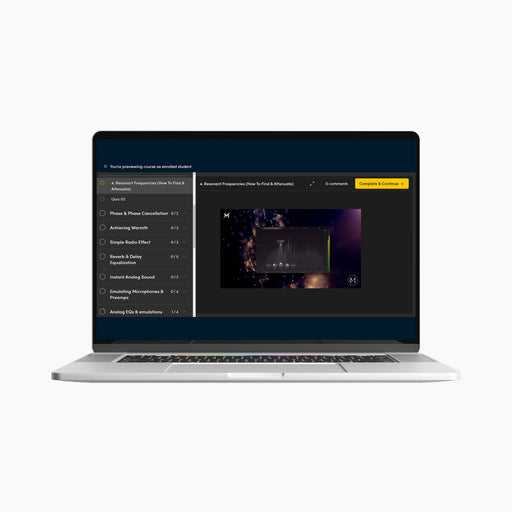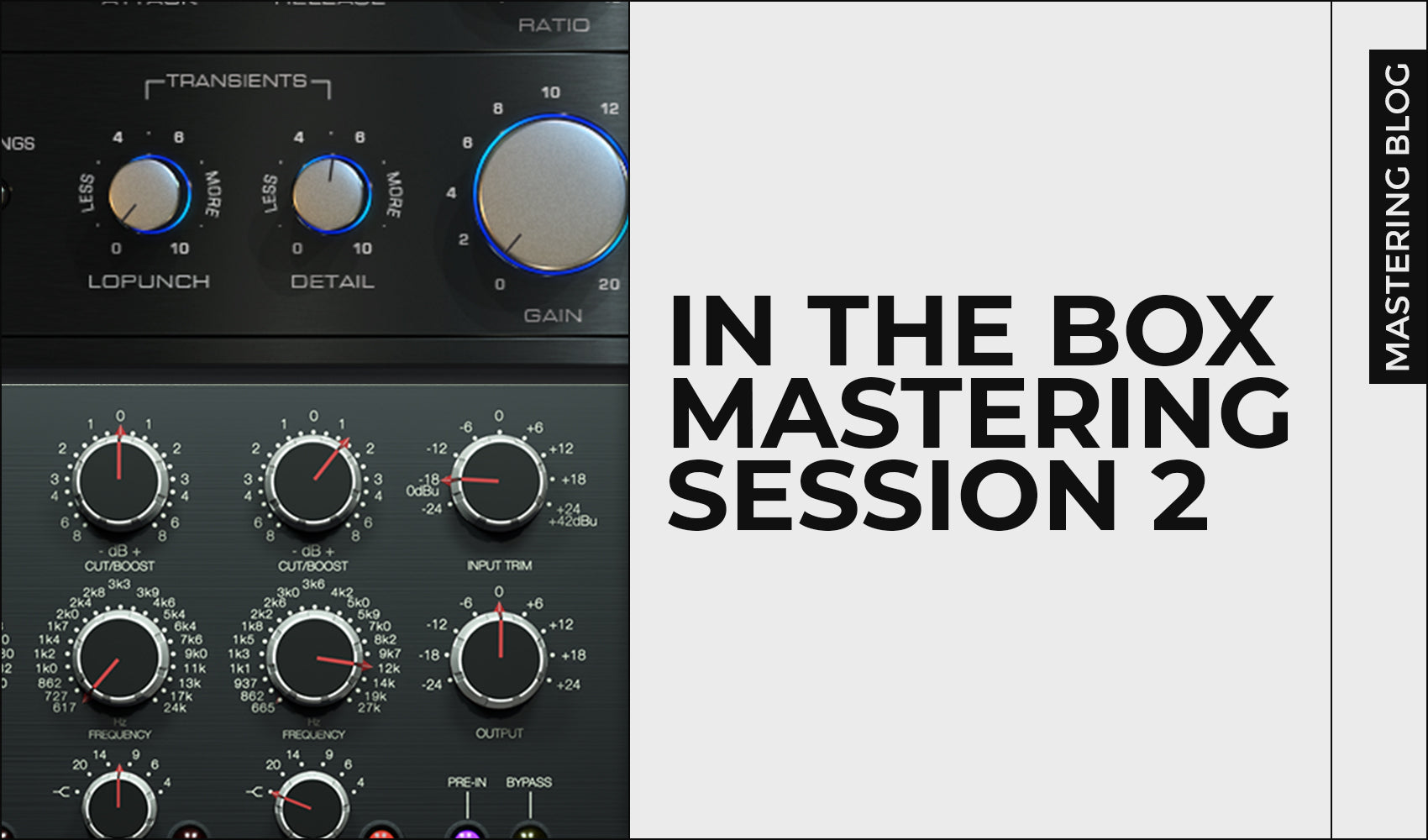
"In The Box" Mastering Session 2
Let's walk through one of my "in the box" sessions once again! In our studio, we usually use plugins in combination with our hardware (outboard) gear, but let's keep it "in the box" for the purpose of easier understanding. Can we still achieve a great sounding master with plugins only?
Here is the chain we'll be looking into:
0. Before starting our chain: Izotope RX9 (Phase fixing)
1. FabFilter Pro Q3 (Subtractive EQ)
2. Acustica Audio Ivory Mastering Compressor (Compression)
3. Sonnox Oxford Inflator (Upward processing & saturation)
4. Acustica Audio Ivory Mastering Equalizer (Additive EQ - high end)
5. Slate Digital FG-X (Transient designer)
6. Izotope Ozone Imager (Stereo imaging)
7. SirAudioTools StandardCLIP (Clipping)
8. FabFilter Pro L2 (Final limiter)
Optional - Send 1: FabFilter Pro Q3 - Parallel EQ
Please consider that not a single mastering chain & settings within it will be the same for every track. Every single track is different and requires different treatment with different processors.
The chain I'm about to show is just one of many, so you can actually have a vision of how mastering works and how I personally think while mastering my clients' tracks. Do not copy any strict values.

0. Fixing Phase

Izotope Ozone RX9 is a great tool for fixing phase.
A very first step when I'm about to master my or my clients' track is to run it through RX9 in order to check phase, clicks and some artifacts that I might want to either reduce or completely delete from that audio file. In this example, I used Phase Tool to balance the polarity of the mix on certain parts and to as well remove some clicks & pops I found during the listening stage.
The plugins within RX9 actually allow you to output clicks or pops so you can hear if there are any in the audio material you're working with, so that's an amazing feature they implemented. Even if you don't hear them, you can visually check by activating this feature in RX9. The RX9 will quickly analyze your audio signal and display if there are some.
Insert 1: FabFilter Pro Q3 (Subtractive EQ)

Insert 2: Acustica Audio Ivory Mastering Compressor (Subtle Compression)

1. Ratio 2:1
2. Slow attack 30ms
3. Faster release 200ms
4. 2dB of gain reduction maximum
5. HPF at 100Hz
6. "Pre" feature on
Insert 3: Sonnox Oxford Inflator (Upward processing & saturation)

When I'm looking to get more details out of the mix, I'm going for either FabFilter Pro MB or Inflator. In this case, I also wanted to introduce some saturation besides upward processing, so that's why I went with Inflator this time.
Effect almost all the way up to 100%, which is accordingly to your personal preference (this works in combination with "Curve" fader which basically determines the amount of saturation you're going to introduce - above 0 equals more saturation while below 0 means less saturation).
Insert 4: Acustica Audio Ivory Mastering Equalizer (Additive EQ - high end)

Insert 5: Slate Digital FG-X (Transient designer)

For this purpose I went for FG-X where I played with two knobs only. First, I increased the detail knob to my taste and then adjusted the dynamic perception knob.
Insert 6: Izotope Ozone Imager (Stereo imaging)

Insert 7: SirAudioTools StandardCLIP (Clipping)

Insert 8: FabFilter Pro L2 (Final limiter)

Send 1: FabFilter Pro Q3 - Parallel EQ
Conclusion:
As you can see, there's a lot going on in this chain, but that's not always the case. As mentioned many times in my posts & work, none of this is a must & strict to have in this chain, so have that in mind.
Not a single chain will be the same, so have that in mind too! This chain was one example of how I personally processed just one of many masters I did in my studio. Every chain is different and each setting will be different too.
If you want to share your mastering chains with us, or you have some recommendations that you want to tell, feel free to reach to us on social media or via e-mail address provided on our site.
Learn more from our best-sellers!
-
Pro C2 Presets Pack
Original price $34.99Original price $34.99 - Original price $34.99Original price $34.99Current price $17.50$17.50 - $17.50Current price $17.50Presenting long-awaited "Pro C2 Presets Pack" - The Exceptional FabFilter Pro C2 presets to completely change the way you approach dynamics treatme...
View full detailsOriginal price $34.99Original price $34.99 - Original price $34.99Original price $34.99Current price $17.50$17.50 - $17.50Current price $17.50Save 50% -
Saturn 2 Presets Pack
Original price $34.99Original price $34.99 - Original price $34.99Original price $34.99Current price $17.50$17.50 - $17.50Current price $17.50Presenting "Saturn 2 Presets Pack" - The Mind-Blowing FabFilter Saturn 2 presets to completely change the way you approach saturation on your mixes...
View full detailsOriginal price $34.99Original price $34.99 - Original price $34.99Original price $34.99Current price $17.50$17.50 - $17.50Current price $17.50Save 50% -
Presets Bundle
Original price $140.00Original price $140.00 - Original price $140.00Original price $140.00Current price $64.99$64.99 - $64.99Current price $64.99This Bundle Deal includes: Pro C2 Preset PackSaturn 2 Preset PackPro MB Preset PackEQ Preset Pack
Original price $140.00Original price $140.00 - Original price $140.00Original price $140.00Current price $64.99$64.99 - $64.99Current price $64.99Save 54% -
EQ + Compression Bundle
Original price $199.99Original price $199.99 - Original price $199.99Original price $199.99Current price $125.00$125.00 - $125.00Current price $125.00This Bundle Deal includes: The Art Of Compression:260+ pages of detailed explanationsBeginner to ProGraphic illustrationsSecret techniques used by ...
View full detailsOriginal price $199.99Original price $199.99 - Original price $199.99Original price $199.99Current price $125.00$125.00 - $125.00Current price $125.00Save 37% -
EQ Masterclass
Original price $100.00 - Original price $100.00Original price$100.00$100.00 - $100.00Current price $100.00Beginner to Pro lessons Everything you don't understand about Equalization is explained through 5h+ long Masterclass split in 28 well edited video...
View full detailsOriginal price $100.00 - Original price $100.00Original price$100.00$100.00 - $100.00Current price $100.00


